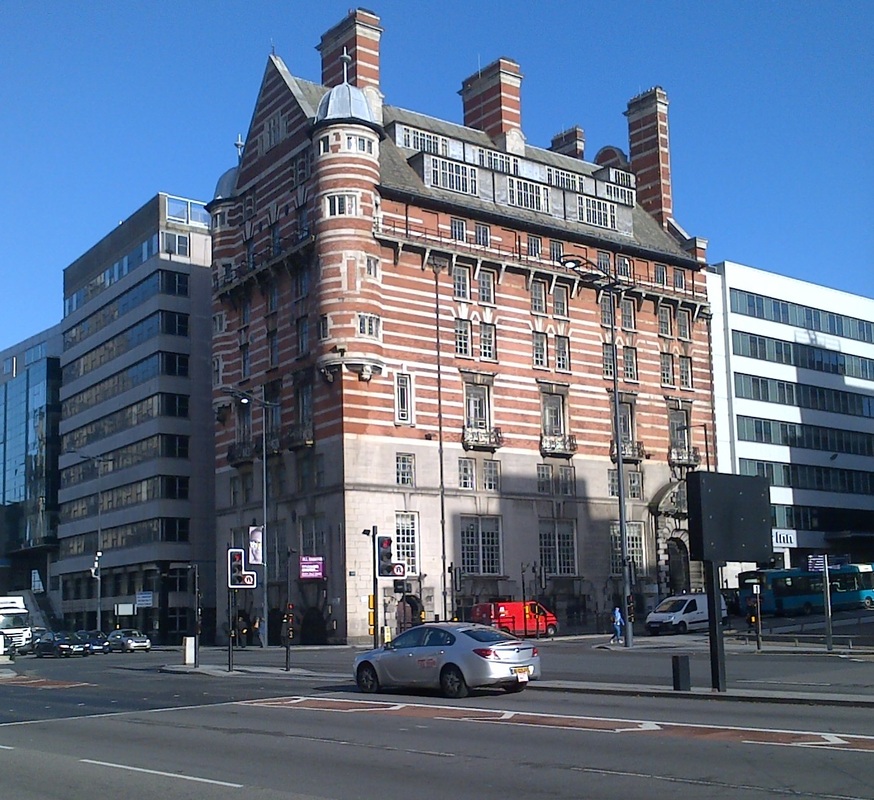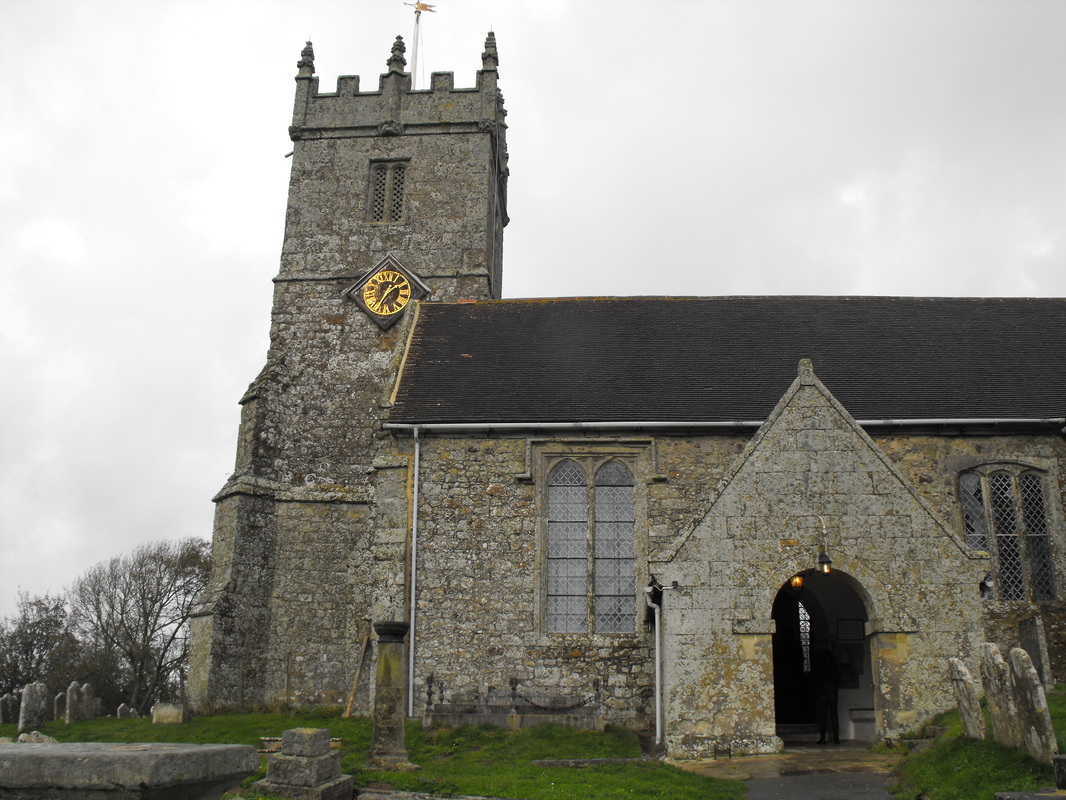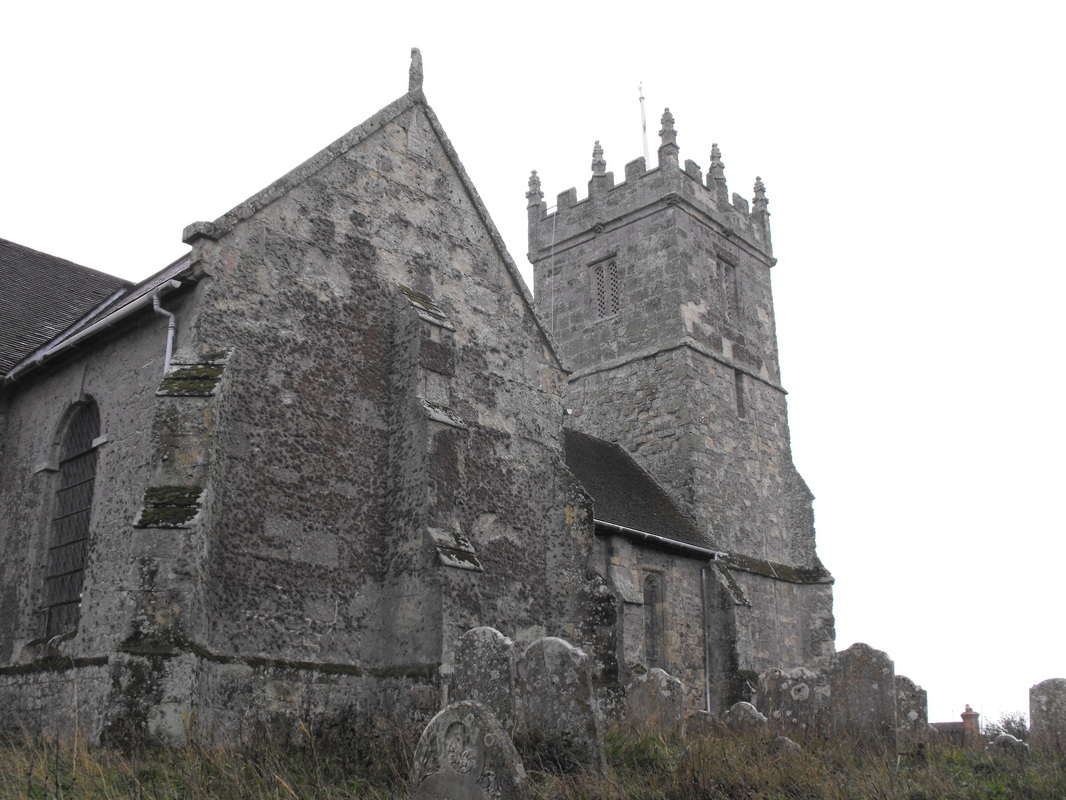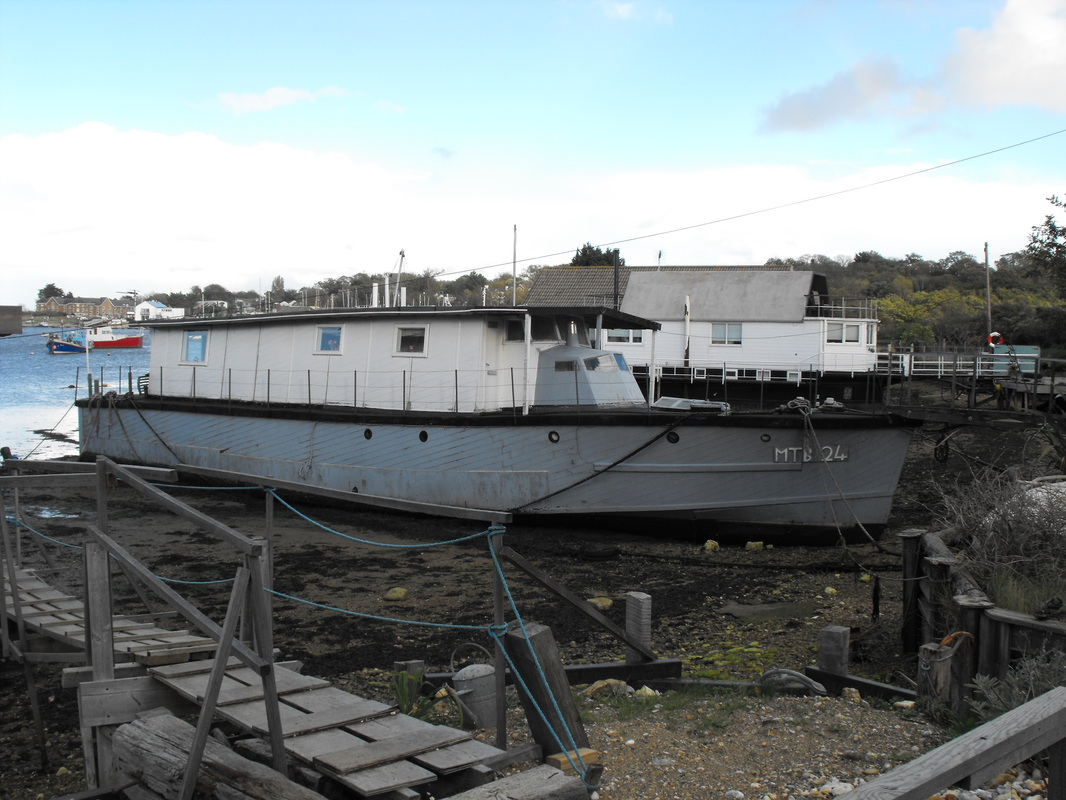Built by Workman, Clarke & Co in Belfast she was ordered on 15 March 1915 and completed on 24 June 1915. She has a displacement of 580t and is 177ft 3in Long, 31 ft 9 in wide with a 5ft 11in beam.
Her top speed was 10 knots.
She was armed with 2 No. 6 inch Mk XII guns, 1 No.x Hotchkiss 6 pounder and 2 No. 0.303 Vickers Machine Guns.
Her complement was 5 Officers and 67 men.
Designed for coastal bombardment her first active operation was supporting the Allied landings during the battle of Gallipoli in August 1915 where she remained stationed until the evacuation in January 1916.
For the remainder of the war she served in the Mediterranean acting as a guard vessel at Salonika which was the allied base for the war in Bulgaria as well as retrieving the guns whilst under enemy fire from the beached Monitor M30.
In July 1916 she provided covering fire during a cattle raid on the Turkish coast and the following month together with M32 assisted the French with their bombardments on the South coast of Turkey.
She was also involved in the seizure of the Greek fleet in September 1916 and In December 1916 was tasked with protecting the bridge between Euboea and mainland Greece from Greek Royalist troops.
In May 1917 she bombarded enemy batteries near Suvla and the Anzac Beaches on the Gallipoli Peninsula.
During November 1918 she was one of the vessels supervising the armistice with Bulgaria at Stavros and with Turkey at Syra.
In April 1919 she returned to the UK but In May 1919 she was involved in Russia with other monitors covering the withdrawal of Allied and White Russian troops.
Following her return from Russia she became a tender and in 1924 the ship became part of the Reserve Fleet at Chatham. The following year she was converted to a mine laying training ship and re-named HMS Minerva.
During the Second World War she was converted to a boom defence workshop and in 1944 was towed to the Clyde where she formed part of the rivers boom defences.
After the war in 1946 she returned to Portsmouth where she became a floating workshop and office servicing local Fleet Auxiliary craft at the Royal Clarence Yard where she was renamed RMAS Minerva Hulk C.23.
She was sold in the 1980's and is now undergoing preservation in Portsmouth.













 RSS Feed
RSS Feed
